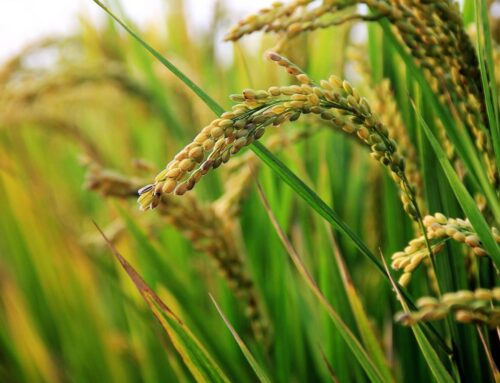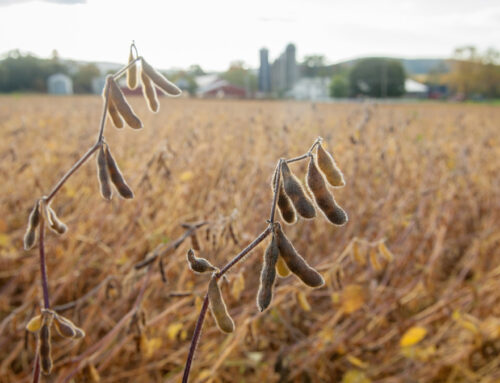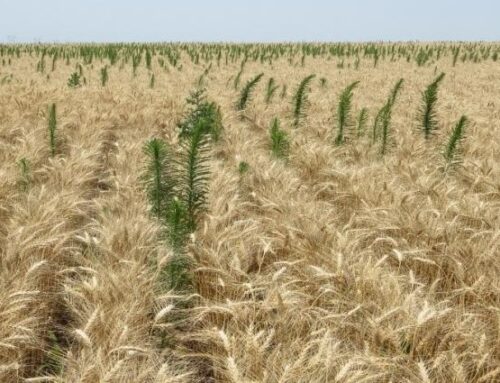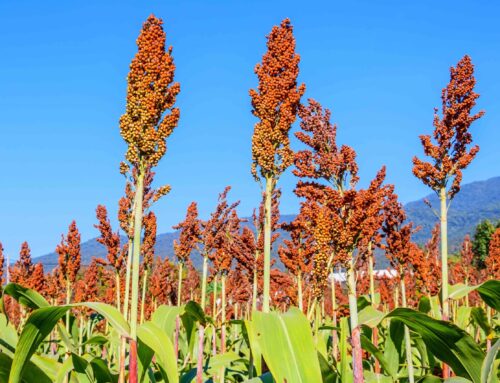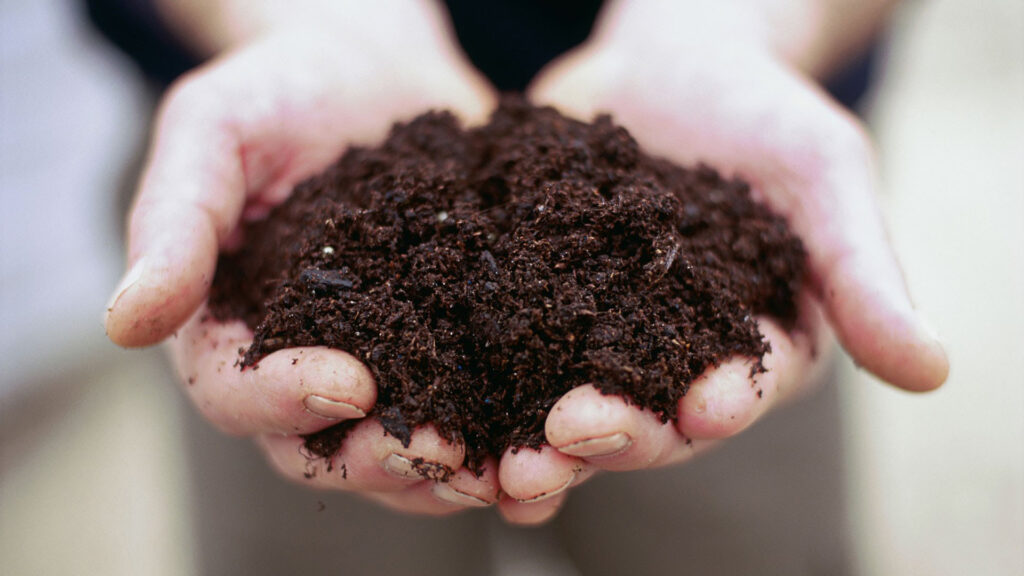
Consider soil health principles that support high functioning soils. Switching from conventional crop production to a soil health management system should be a well-planned process.
Producers considering such a change should develop a transition strategy, says USDA-NRCS Texas State Conservation Agronomist Fred Schrank, Temple, Texas.
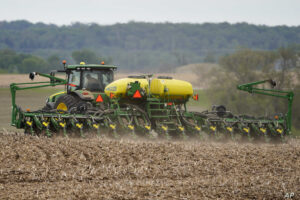
Schrank, speaking at the recent Texas Plant Protection Association Annual Conference in Bryan, said producers making a switch to a soil health approach should prepare to make significant changes in production practices.
He said producers need to consider soil health principles that support high functioning soils. He breaks that into two categories: feed and protect. Feeding soils properly improves soil organic matter, maximizes living roots and promotes diversity.
Protecting those soils enhances soil aggregate and soil organic matter, minimizes soil disturbance, and maximizes soil cover.
“Have a strategy for a conservation plan that addresses structural changes in the field,” Schrank said.
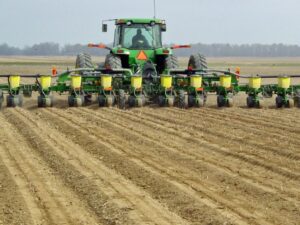 That plan should include wind and water soil erosion control with residue management—no-till, strip-till or minimum till systems.
That plan should include wind and water soil erosion control with residue management—no-till, strip-till or minimum till systems.
“Also, evaluate contour terracing and waterway systems. Consider removing, repairing, or redesigning these systems as needed.”
Equipment and management demands will change, Schrank said. “Will new purchases of a no-till planter or a drill be feasible? Can a current no-till planter or drill be modified with attachments?”
He said equipment set-up is important for planting, terminating cover crops, and harvesting.
“Also, can you part with the plow, or park it? Also consider if you will integrate livestock into the system. Is fencing adequate and is water available?”
Cover crops
Cover crops are an important part of healthy soil production systems and producers should develop a strategy to manage cover crop seed mixtures, planting, and termination.
Schrank said producers should consider monoculture as well as cover crop seed mixtures that include legumes.
“Also, consider changes in cash crop nutrition requirements. Use soil and plant tissue testing to evaluate organic nitrogen. First and second year nitrogen change might demand adjustments,” he said.
G-R-O-W
 Beneficial and pest populations could change with the transition. Schrank says a key component of pest management is GROW, Get Rid of Weeds. “Large weed seeds and rhizome species are concerns,” he said.
Beneficial and pest populations could change with the transition. Schrank says a key component of pest management is GROW, Get Rid of Weeds. “Large weed seeds and rhizome species are concerns,” he said.
Cover crops will necessitate changes in weed control strategies that could include changing the herbicide group number and mode or site of action for control. “Read and know what the label states,” Schrank said.
Weed control costs could come down. “Producers may eliminate the need for additional passes and lengthen the window for effective herbicide applications. Also consider the herbicide carryover from cash crop applications.”
Termination timing
Timing cover crop termination is a balancing act between conserving moisture for the cash crop and assuring adequate residue without limiting cash crop seed germination.
 Schrank says producers should consider the carbon/nitrogen ratio in cover crop production. “Do not allow weed escapes,” he added. “Have a strategy to determine whether to ‘plant brown or plant green,’” Schrank said.
Schrank says producers should consider the carbon/nitrogen ratio in cover crop production. “Do not allow weed escapes,” he added. “Have a strategy to determine whether to ‘plant brown or plant green,’” Schrank said.
“Also consider integrating livestock into the system. Adaptive grazing will protect the planting seedbed for the cash crop.”
Schrank refers producers to the Risk Management Agency for guidelines.
He said other cover crop termination issues include considering the stage of growth that could mean delayed maturity. Methods to align cover crop maturity for optimum effects include biological options such as grazing or weather. Physical options include mechanical terminations—roller crimping, mowing, and mulch layering versus standing residue.
Some may opt for chemical (herbicide) termination. Schrank advised producers to check with crop insurance agents to determine proper termination dates.
Labor changes
Schrank said converting to a high-functioning soil production system could mean changes in labor. “Labor demand could be less intense in the long-term,” he said. “Labor could be more intense, however, during specific periods such as pre-plant operations, spraying; termination with rolling/crimping; and planting fields twice a year.”
 Schrank said crop rotations and fallow periods are critical factors in healthy soil systems. “Identify cash crop rotation and fallow periods,” he said. “Plan a cover crop for the fallow periods and plan for the next cash crop. Select the best species and the best variety.”
Schrank said crop rotations and fallow periods are critical factors in healthy soil systems. “Identify cash crop rotation and fallow periods,” he said. “Plan a cover crop for the fallow periods and plan for the next cash crop. Select the best species and the best variety.”
Schrank said harvest may pose problems for soil health. “It is important to spread the weight of harvest machinery to reduce compaction,” he said. “Also, adjust machinery to spread residue for full coverage. Retain the residue to conserve soil nutrients and the microbial value.”
Healthy soil benefits
Schrank said following a viable strategy for improving soil health pays dividends. The transition will build a biological ecological process; improve soil structure, and soil biodiversity; enhance water infiltration rates and water holding capacity; control soil temperature; reduce soil compaction; increase soil organic matter; and focus root growth for year-round photosynthesis.
“The goal is year-round photosynthesis, living roots all the time,” he said.
Read the original article – CLICK HERE

